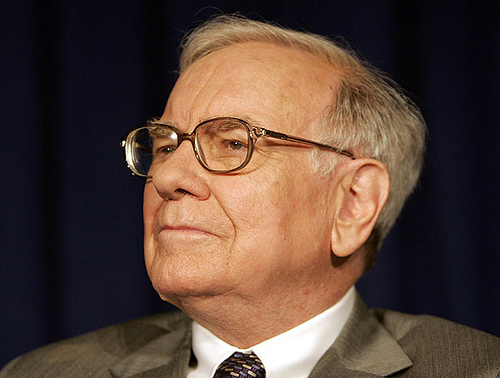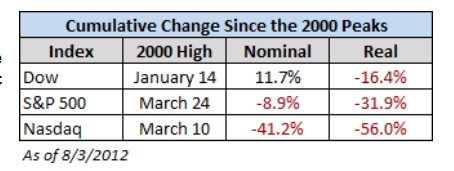by Michael Tarsala
The most widely used economic numbers are not necessarily the best at predicting what will happen next with the U.S. economy, says Russ Koesterich, Global Chief Investment Strategist at BlackRock.
He posted a very clever graphic with three overrated economic indicators.
- GDP: It’s backward looking and subject to large potential revisions.
- Consumer confidence: It’s highly volatile and unreliable.
- Durable Goods: It doesn’t move along with future GP, so it’s a poor economic growth predictor.
Click here to check out the full graphic, which includes his rationale for why the Chicago Fed National Activity Index and the Purchasing Managers Index are two underrated economic indicators.
Also keep in mind that there is a weak link — at least directly — between stocks and economic figures. That flies in the face of conventional wisdom that the market is a leading indicator of what will happen to the economy, and that you need a strong economy for stocks to rise.
For example, the financial site HistorySquared calls the correlation between GDP and stocks “non existent”. And even the idea that the market is a leading indicator for the economy does not appear to be true.
It turns out that you can have stocks rise in a bad economy and fall in a good one.
Also, the degree of economic bullish or bearishness is not necessarily reflected in the S&P 500 — one reason for why the volatility index (VIX) is at low historical levels despite a long list of global economic concerns.



